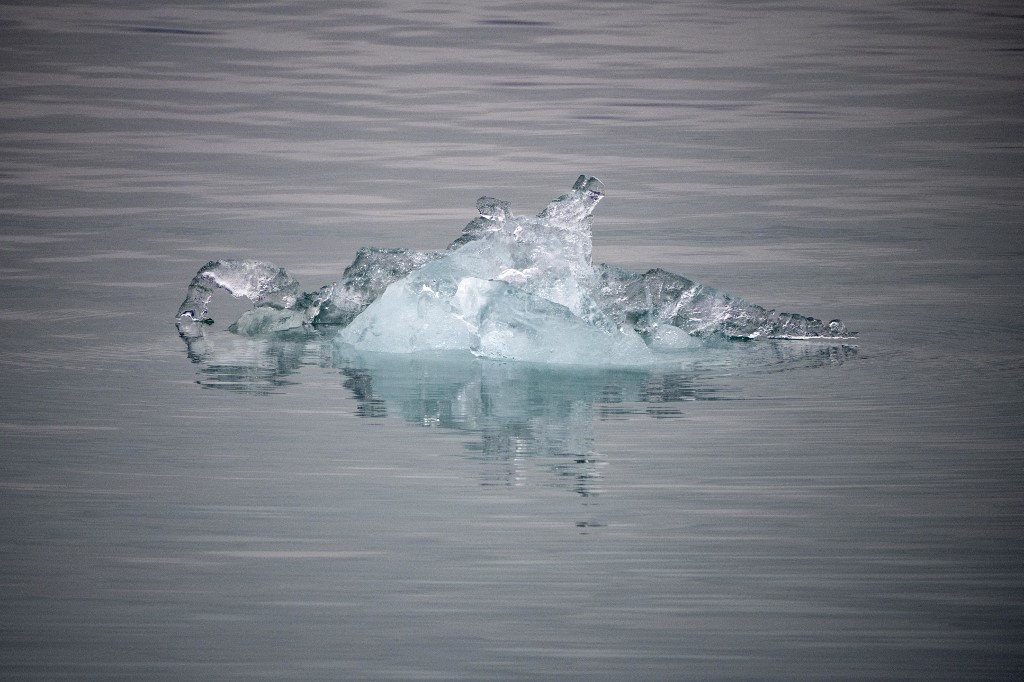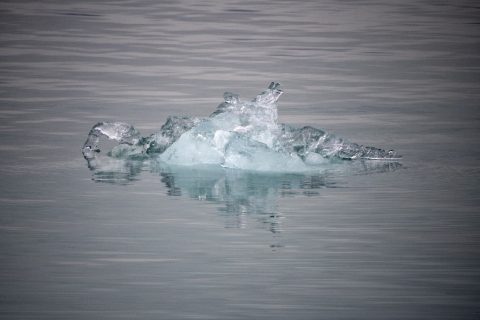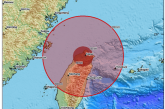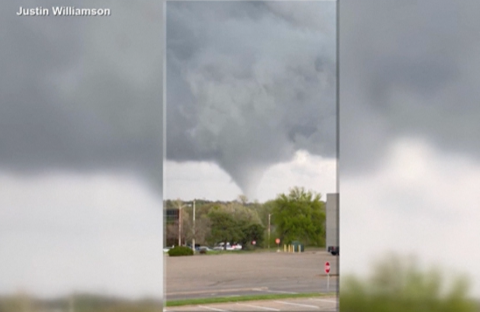Kalahati ng mga glacier sa daigdig inaasahang maglalaho pagsapit ng 2100, ayon sa pag-aaral

(FILES) In this file photo taken on September 21, 2021, an ice block drifts after breaking away from the Nordenskiold glacier, near Pyramiden, in Svalbard, a northern Norwegian archipelago. - Half of the Earth's glaciers, especially the smallest ones, are doomed to disappear because of climate change by the end of the century, a new study revealed on january 5, 2023, but limiting global warming to a minimum could still save the others. The work, published in the prestigious journal Science, provides the most accurate projections to date of the future of the world's 215,000 glaciers. (Photo by Olivier MORIN / AFP)

Kalahati ng mga glacier ng Mundo, laluna ang mga mas maliliit, ay nakatakdang mawala sa pagtatapos ng siglo dahil sa pagbabago ng klima, ngunit ang paglimita sa global warming ay maaaring magligtas sa iba, ayon sa isang bagong pag-aaral.
Ang mga natuklasan, na inilathala sa Science journal ay nagbibigay ng pinakakomprehensibong pagtingin sa magiging hinaharap ng 215,000 glacier sa buong mundo.
Binigyang-diin ng mga may-akda ang kahalagahan ng paghihigpit sa greenhouse gas emissions upang limitahan ang mga kahihinatnan ng pagkatunaw ng glacier, tulad ng pagtaas ng lebel ng dagat at pagkaubos ng mga mapagkukunan ng tubig.
Upang matulungan ang policy makers, tiningnan ng pag-aaral ang epekto ng apat na senaryo sa mga glacier, kung saan ang pandaigdigang pagbabago ng average na temperatura ay 1.5 degrees Celsius (2.7 degrees Fahrenheit), 2.0C, 3.0C at 4.0C.
Sinabi ni Regine Hock ng University of Oslo at University of Alaska Fairbanks na co-author ng pag-aaral, “Every degree increase produces more melt and loss. But that also means if you reduce the temperature increase, you can also reduce that mass loss. So in that sense, there is also a little bit of hope.”
Kahit na limitado ang pagtaas ng temperatura sa buong mundo sa 1.5C sa ibabaw ng pre-industrial levels, na siyang pinaka-ambisyosong layunin ng Paris Agreement, tinantya ng mga mananaliksik na 49 na porsiyento ng mga glacier sa mundo ay maglalaho sa 2100.
Kakatawan ito sa humigit-kumulang 26 na porsiyento ng world’s glacier mass, dahil ang pinakamaliit na mga glacier ang unang maaapektuhan.
Ang pangkalahatang average na temperatura ay kasalukuyang tinatantya na tumataas ng 2.7C na magreresulta sa halos kumpletong pagkawala ng mga glacier sa Central Europe, Western Canada at sa continental United States at New Zealand.
Ayon kay Hock, “Regions with relatively little ice like the European Alps, the Caucacus, the Andes, or the western US, they lose almost all the ice by the end of the century almost no matter what the emission scenario is. So those glaciers, they’re more or less doomed.”
Sa ilalim ng worst case scenario o ang pagtaas ng temperatura sa buong mundo ng 4.0C, ang mga higanteng glacier tulad ng sa Alaska ay mas maaapektuhan at 83 porsiyento ng mga glacier ay mawawala sa pagtatapos ng siglo.
Ang pagkawala ng glacier ay magpapalala rin sa pagtaas ng sea level.
Sinabi pa ni Hock, “The glaciers that we are studying are only one percent of all ice on Earth, much less than the Greenland ice sheet and the Antarctic ice sheet. But they have contributed to sea level rise almost just as much as the Greenland and Antarctic ice sheet together in the last three decades.
Ang pag-init ng 1.5C ay hahantong sa pagtaas ng average na antas ng dagat ng siyam na sentimetro, habang ang mga temperatura na 4.0C na mas mataas ay magdudulot ng 15 sentimetro ng pagtaas ng lebel ng dagat.
Ayon pa kay Hock, “It doesn’t sound very much, nine centimeters up to 15 centimeters, “but it’s not global sea level that is that much of a concern. It’s mostly associated storm surges, which have the potential to cause a lot more damage.”
Ang pagkawala ng mga glacier ay magkakaroon din ng epekto sa mga mapagkukunan ng tubig o water resources, dahil pinagmumulan ito ng freshwater para sa may dalawang bilyong katao.
Ani Hock, “The glaciers compensate for the loss of water in summer when it’s not raining much and it’s hot.”
Ang mga projection ng pag-aaral, na mas pessimistic kaysa sa UN climate experts, ay naabot sa pamamagitan ng dekada nang mga obserbasyon sa bawat glacier mass at sa computer simulations.
Sa kabila ng naka-aalarmang mga natuklasan, sinabi ni Hock, “it is possible to reduce the mass loss by human action. If it happens is of course a different question. If that happens is of course up to the policy makers.”
© Agence France-Presse




